Home>Articles>What Is The R-Value Of 1 Inch Rigid Insulation
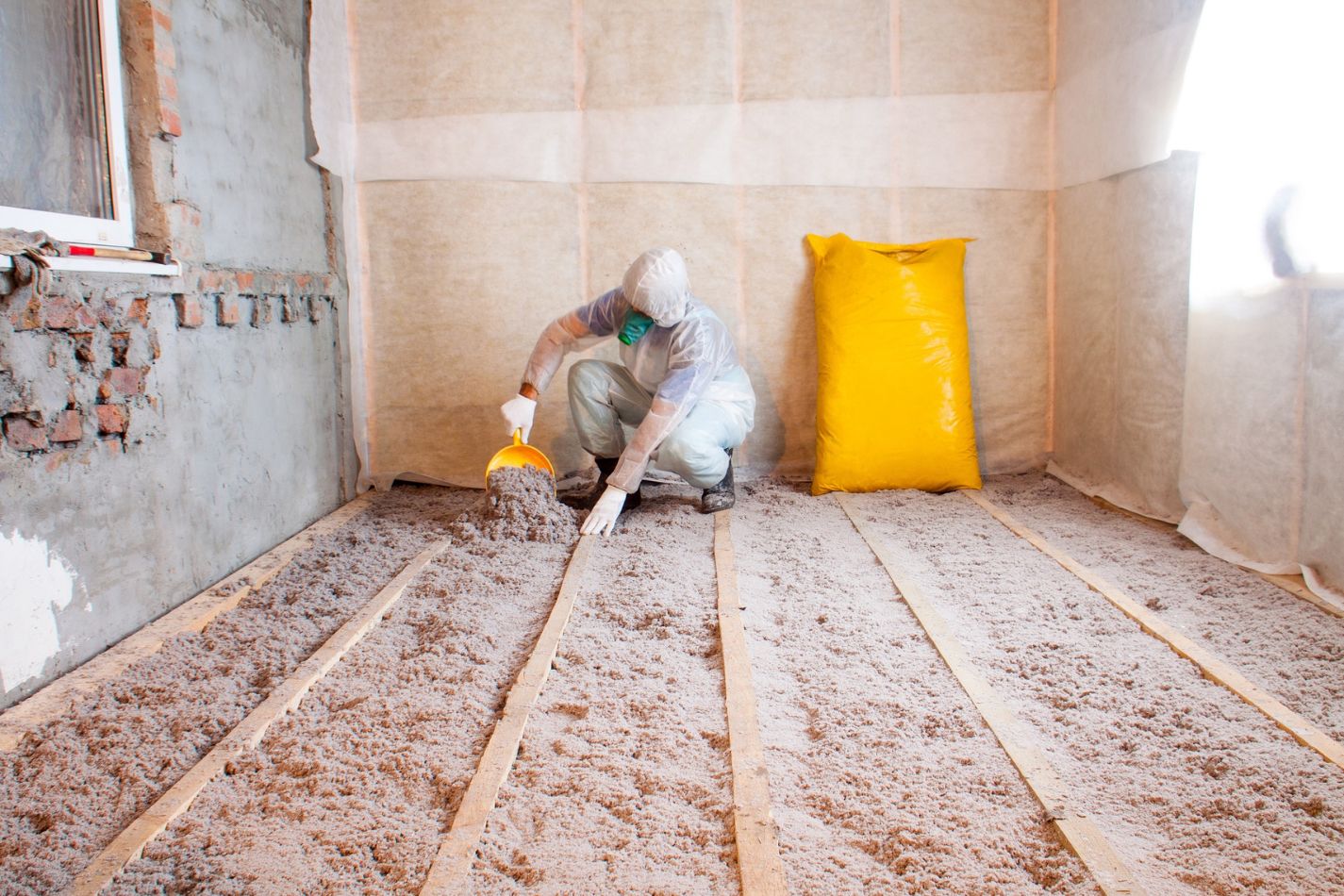

Articles
What Is The R-Value Of 1 Inch Rigid Insulation
Modified: September 2, 2024
Discover the R-value of 1-inch rigid insulation in our informative articles. Upgrade your knowledge and make the right choices for your insulation needs.
(Many of the links in this article redirect to a specific reviewed product. Your purchase of these products through affiliate links helps to generate commission for Storables.com, at no extra cost. Learn more)
Introduction
When it comes to insulating your home or building, understanding the concept of R-value is crucial. R-value is a measure of an insulation material’s thermal resistance, or its ability to resist heat flow. The higher the R-value, the more effective the insulation is at keeping heat out in the warmer months and trapping heat inside during the colder months.
One type of insulation that is commonly used is rigid insulation. As the name suggests, it is a rigid board-like material made from foam or fiberglass. It is used to insulate walls, roofs, and floors, providing thermal protection and enhancing energy efficiency. In this article, we will focus on the R-value of 1 inch rigid insulation and its importance in the insulation process.
Before delving into the specifics of 1 inch rigid insulation, let’s first understand the concept of R-value and its significance in insulation.
Key Takeaways:
- R-value is crucial for insulation, but factors like moisture resistance, fire safety, and environmental impact should also be considered when choosing 1 inch rigid insulation. Balancing these factors ensures optimal energy efficiency and lasting comfort.
- The thermal conductivity of the insulation material used in 1 inch rigid insulation is essential for its effectiveness. Lower thermal conductivity values indicate better insulation performance, contributing to energy efficiency and thermal comfort.
Read more: What Is The R-Value In Insulation
Understanding R-Value
R-value measures the ability of an insulation material to resist heat transfer. It is calculated based on the thickness, thermal conductivity, and density of the material. The higher the R-value, the better the insulation’s ability to resist heat flow.
R-value is an essential factor to consider when choosing insulation for your home or building. It helps determine the effectiveness of the insulation in providing thermal comfort and energy efficiency. The higher the R-value, the less heat will escape or enter your living space, resulting in lower heating and cooling costs.
It is important to note that the R-value is cumulative. This means that if you have multiple layers of insulation, you can simply add up the R-values of each layer to calculate the overall R-value. For example, if you have two layers of insulation with R-values of 3 and 4, respectively, the total R-value would be 7.
R-value is also influenced by climate conditions. Different regions have different recommended R-values based on the local climate. In colder climates, where keeping heat inside is essential, a higher R-value is recommended. In warmer climates, where keeping heat out is the priority, a lower R-value may be sufficient.
Now that we have a basic understanding of R-value, let’s move on to discussing what rigid insulation is and how it plays a crucial role in the insulation process.
What Is Rigid Insulation?
Rigid insulation, as mentioned earlier, is a type of insulation material that comes in the form of rigid boards. It is commonly made from foam or fiberglass and is designed to provide thermal resistance and improve energy efficiency.
Rigid insulation boards are manufactured in various thicknesses and densities to suit different insulation needs. They are commonly used in walls, roofs, and floors to create a continuous layer of insulation. This helps to minimize thermal bridging, which is the transfer of heat through structural components that are poorly insulated.
One of the key advantages of rigid insulation is its durability. Unlike other forms of insulation, such as batt insulation, which can lose effectiveness over time due to settling or moisture absorption, rigid insulation is more resistant to these issues. It retains its R-value and insulating properties over the long term, providing consistent energy efficiency.
Rigid insulation is also known for its structural stability. It adds rigidity and strength to the construction assembly, acting as a sheathing material that enhances the overall structural integrity of the building. This is particularly important in wall and roof applications, where the insulation not only provides thermal resistance but also contributes to the structural stability of the building.
Another advantage of rigid insulation is its versatility. It can be used in both residential and commercial settings and is compatible with various construction methods. Whether you’re building a new home, renovating an existing one, or constructing a commercial building, rigid insulation can be easily incorporated into the design.
Overall, rigid insulation is a practical and effective choice for insulating your home or building. It offers durable and long-lasting thermal resistance, improves energy efficiency, and adds structural stability. Now that we understand what rigid insulation is, let’s explore the importance of R-value, specifically in relation to 1 inch rigid insulation.
Importance of R-Value in Insulation
The R-value of an insulation material plays a crucial role in determining its effectiveness in providing thermal resistance. It directly impacts the insulation’s ability to resist heat flow and maintain a comfortable indoor temperature. Let’s delve into the importance of R-value in insulation and how it relates to 1 inch rigid insulation.
First and foremost, the R-value helps determine the energy efficiency of a building. By choosing insulation materials with higher R-values, you can significantly reduce heat transfer, resulting in lower energy consumption for heating and cooling. This not only saves you money on utility bills but also reduces your carbon footprint by decreasing the demand for energy.
Choosing the appropriate R-value for your insulation needs is essential for achieving optimal thermal comfort. Insufficient insulation, with a low R-value, can lead to energy loss, drafts, and inconsistent temperatures inside the building. On the other hand, excessive insulation, with a high R-value, may trap excessive heat inside during the warmer months, leading to discomfort and potential damage to the building materials.
The R-value of 1 inch rigid insulation is particularly important for spaces where cavity depth is limited or where there are specific design considerations. In situations where thicker insulation is not possible or practical, 1 inch rigid insulation provides a viable solution. It offers a reasonable R-value while occupying minimal space, making it suitable for walls, roofs, and floors with space constraints.
R-value requirements may vary depending on the climate zone and local building codes. Consultation with professionals, such as architects or insulation contractors, can ensure that you meet the minimum R-value requirements for your specific location. They can also provide guidance on whether 1 inch rigid insulation is sufficient or if additional layers or thicker insulation are needed to achieve the desired R-value.
In summary, the R-value plays a critical role in insulation by determining the effectiveness of an insulation material in providing thermal resistance. Ensuring an adequate R-value is vital for energy efficiency, maintaining thermal comfort, and complying with local building codes. While 1 inch rigid insulation may be appropriate for certain applications, it’s important to consider factors such as climate, space constraints, and building codes to determine the suitable R-value for your insulation needs.
Factors Affecting R-Value of 1 Inch Rigid Insulation
While the R-value of insulation materials is an important factor in determining their thermal resistance, several factors can affect the actual R-value of 1 inch rigid insulation. Understanding these factors will help you make informed decisions when it comes to selecting and installing insulation. Let’s explore the key factors that can impact the R-value of 1 inch rigid insulation.
Read more: What Is The R-Value Of Fiberglass Insulation
1. Thermal Bridging:
Thermal bridging occurs when there are gaps or breaks in the insulation layer, allowing heat to transfer through the structural components. This can significantly reduce the overall effectiveness of the insulation and lower the R-value. Properly sealing and insulating all gaps, cracks, and joints in the construction assembly is essential to minimize thermal bridging and maintain the desired R-value of 1 inch rigid insulation.
2. Compression:
When rigid insulation is compressed, its ability to resist heat flow is reduced. This can happen during installation or due to the weight of other construction materials. It’s important to follow the manufacturer’s guidelines for proper installation and avoid compressing the insulation beyond the recommended limits. Insufficient thickness due to compression can lead to a lower R-value than expected.
3. Moisture and Water Vapor:
Moisture and water vapor can affect the R-value of insulation materials, including 1 inch rigid insulation. When insulation gets wet or absorbs moisture, its thermal properties may be compromised, reducing its R-value. Proper moisture management and vapor barriers are essential to prevent water intrusion and maintain the desired R-value of the insulation.
4. Aging and Settling:
Over time, insulation materials may experience settling or degradation, which can impact their R-value. For example, fiberglass insulation may compress and become less effective over time. Regular inspection and maintenance can help identify any issues and ensure that the insulation is performing at its intended R-value.
Read more: What R-Value Is Blow-In Insulation
5. Installation Quality:
The quality of the insulation installation can also affect the actual R-value. Improper installation, such as gaps, voids, or inadequate coverage, can create areas where heat can escape or enter the building, reducing the overall thermal resistance. Hiring a professional insulation contractor who follows industry best practices can help ensure proper installation and maintain the desired R-value of 1 inch rigid insulation.
Understanding these factors and taking appropriate measures to mitigate their impact will help you achieve the desired R-value and maximize the performance of 1 inch rigid insulation in your building.
Thermal Conductivity of 1 Inch Rigid Insulation
Thermal conductivity is a property that measures how well an insulation material conducts heat. It determines how easily heat can pass through the material. In the case of 1 inch rigid insulation, the thermal conductivity plays a crucial role in determining its overall effectiveness in providing thermal resistance.
Insulation materials with lower thermal conductivity values have a higher resistance to heat flow and therefore offer better insulation. They can effectively slow down the transfer of heat from one side of the material to the other, helping to maintain a comfortable temperature inside the building.
1 inch rigid insulation is designed to provide a reasonable level of thermal resistance. The thermal conductivity of the insulation material used in the construction of 1 inch rigid insulation determines how effectively it can resist heat flow. Common insulation materials used in rigid insulation, such as expanded polystyrene (EPS), extruded polystyrene (XPS), and polyisocyanurate (polyiso), have relatively low thermal conductivity values.
EPS, for example, is known for its excellent thermal insulating properties. It has a low thermal conductivity value, which means it can effectively reduce heat transfer through the insulation material. XPS and polyiso also have low thermal conductivity values, making them suitable choices for 1 inch rigid insulation in various applications.
It is important to note that while the thermal conductivity of the insulation material is an important factor in determining its effectiveness, it is not the only factor to consider. The thickness and density of the insulation material, as well as factors like thermal bridging and proper installation, also play significant roles in achieving the desired thermal resistance.
When selecting 1 inch rigid insulation, it is recommended to choose insulation materials with low thermal conductivity values to maximize the insulation’s effectiveness. Additionally, ensuring proper installation and addressing other factors that can impact the insulation’s overall thermal performance will help maintain the desired level of thermal resistance.
By considering the thermal conductivity of the insulation material and taking necessary measures to optimize its performance, 1 inch rigid insulation can provide effective thermal resistance and contribute to energy efficiency in your building.
Is R-Value the Only Factor to Consider?
While R-value is an important factor to consider when selecting insulation, it is not the only factor that should be taken into account. Other factors play a significant role in determining the overall effectiveness and performance of insulation in your building. Let’s explore some of the key considerations beyond R-value.
1. Moisture Resistance:
Moisture resistance is crucial in ensuring the long-term durability and effectiveness of insulation. Moisture can compromise the insulation’s thermal performance and lead to mold growth or structural damage. It is essential to choose insulation materials that have inherent moisture resistance or incorporate proper moisture management strategies to protect the insulation and maintain its performance over time.
Read more: What R-Value Insulation For Interior Walls
2. Fire Safety:
Fire safety is a critical consideration when selecting insulation materials, particularly for commercial and multi-story buildings. Insulation materials should have appropriate fire ratings to meet local building codes and regulations. Fire-resistant insulation options, such as mineral wool or fire-rated foam insulation, can provide added safety and peace of mind.
3. Environmental Impact:
The environmental impact of insulation materials is becoming an increasingly important factor for many homeowners and builders. Insulation materials that are made of recycled or environmentally friendly materials, and those that have lower embodied energy and carbon emissions, can be more sustainable choices. Products with certifications such as LEED or Energy Star can help identify insulation materials that meet specific environmental standards.
4. Installation Requirements:
The ease of installation and compatibility with specific construction methods is another consideration. Some insulation materials, such as spray foam, require professional installation, while others, like batt insulation, can be more DIY-friendly. The availability of skilled installers and the time and complexity involved in the installation process should be taken into account when selecting insulation types.
5. Space Limitations:
The available space for insulation installation can also influence the choice of insulation material. In areas with limited cavity depth, thinner insulation options like 1 inch rigid insulation may be suitable. Balancing the desired R-value with the available space and construction constraints is crucial to ensure proper insulation coverage.
While R-value is an essential consideration, taking into account factors such as moisture resistance, fire safety, environmental impact, installation requirements, and space limitations will help you make a more comprehensive and informed decision when selecting insulation for your building. Consulting with insulation professionals or contractors can provide valuable expertise and guidance in choosing the most suitable insulation solution based on your specific needs and requirements.
Read more: What R-Value Insulation For Basement Ceiling
Conclusion
Understanding the importance of R-value and the factors that influence the performance of 1 inch rigid insulation is crucial when it comes to selecting the right insulation material for your home or building. R-value plays a significant role in determining the insulation’s ability to resist heat flow and maintain thermal comfort. However, it is not the sole factor to consider.
Factors like moisture resistance, fire safety, environmental impact, installation requirements, and space limitations should also be taken into account. Moisture resistance is vital for the durability of the insulation, while fire safety ensures the protection of the building and its occupants. Considering the environmental impact of insulation materials can contribute to sustainability efforts, and understanding installation requirements and space limitations will ensure a successful insulation project.
1 inch rigid insulation offers a practical solution when cavity depth is limited or specific design considerations exist. It provides a reasonable level of thermal resistance and is compatible with various construction methods. The thermal conductivity of the insulation material used in 1 inch rigid insulation also plays a crucial role in its effectiveness, with lower thermal conductivity values indicating better insulation performance.
Ultimately, the decision on insulation material should consider a balance between R-value, other relevant factors, and specific project requirements. Consulting with professionals in the insulation industry can provide valuable insights and guidance in selecting the most suitable insulation material for your building and ensuring optimal energy efficiency and thermal comfort.
By considering the multiple factors influencing insulation performance and making informed decisions, you can optimize the use of 1 inch rigid insulation and create a well-insulated and energy-efficient space, ensuring lasting comfort and savings for years to come.
Frequently Asked Questions about What Is The R-Value Of 1 Inch Rigid Insulation
Was this page helpful?
At Storables.com, we guarantee accurate and reliable information. Our content, validated by Expert Board Contributors, is crafted following stringent Editorial Policies. We're committed to providing you with well-researched, expert-backed insights for all your informational needs.
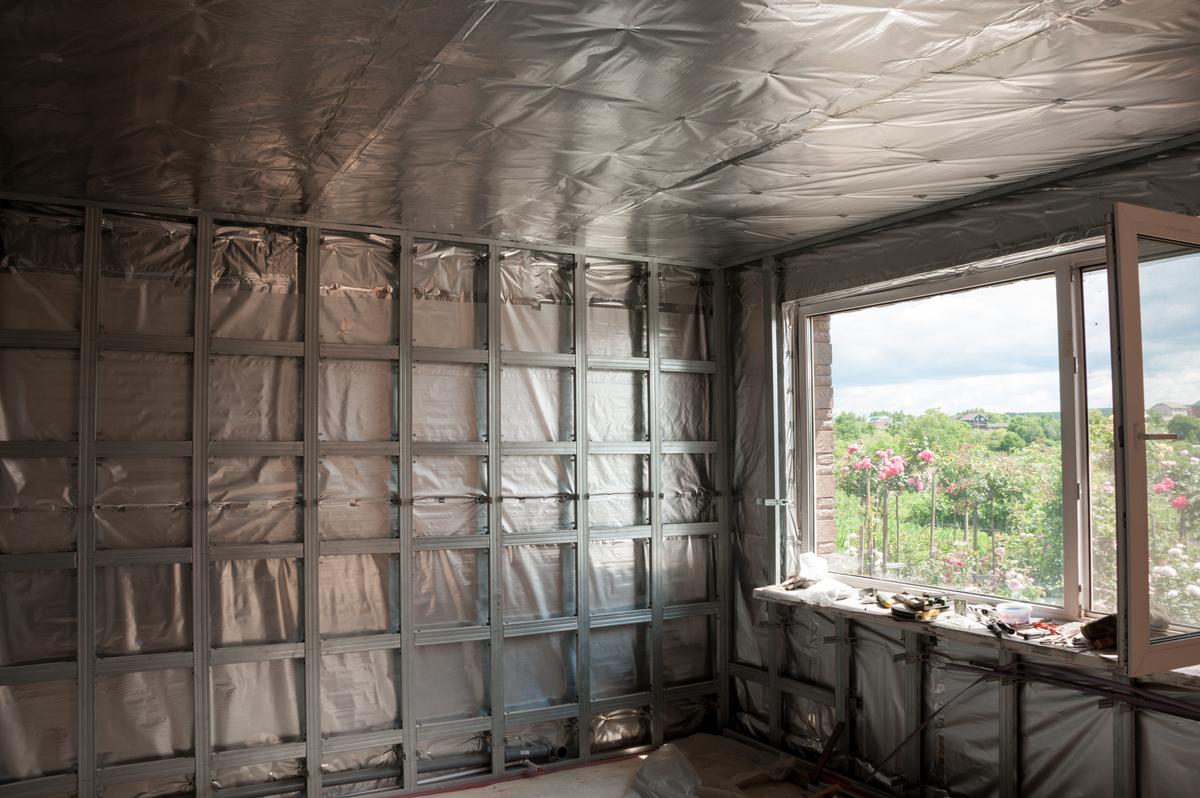
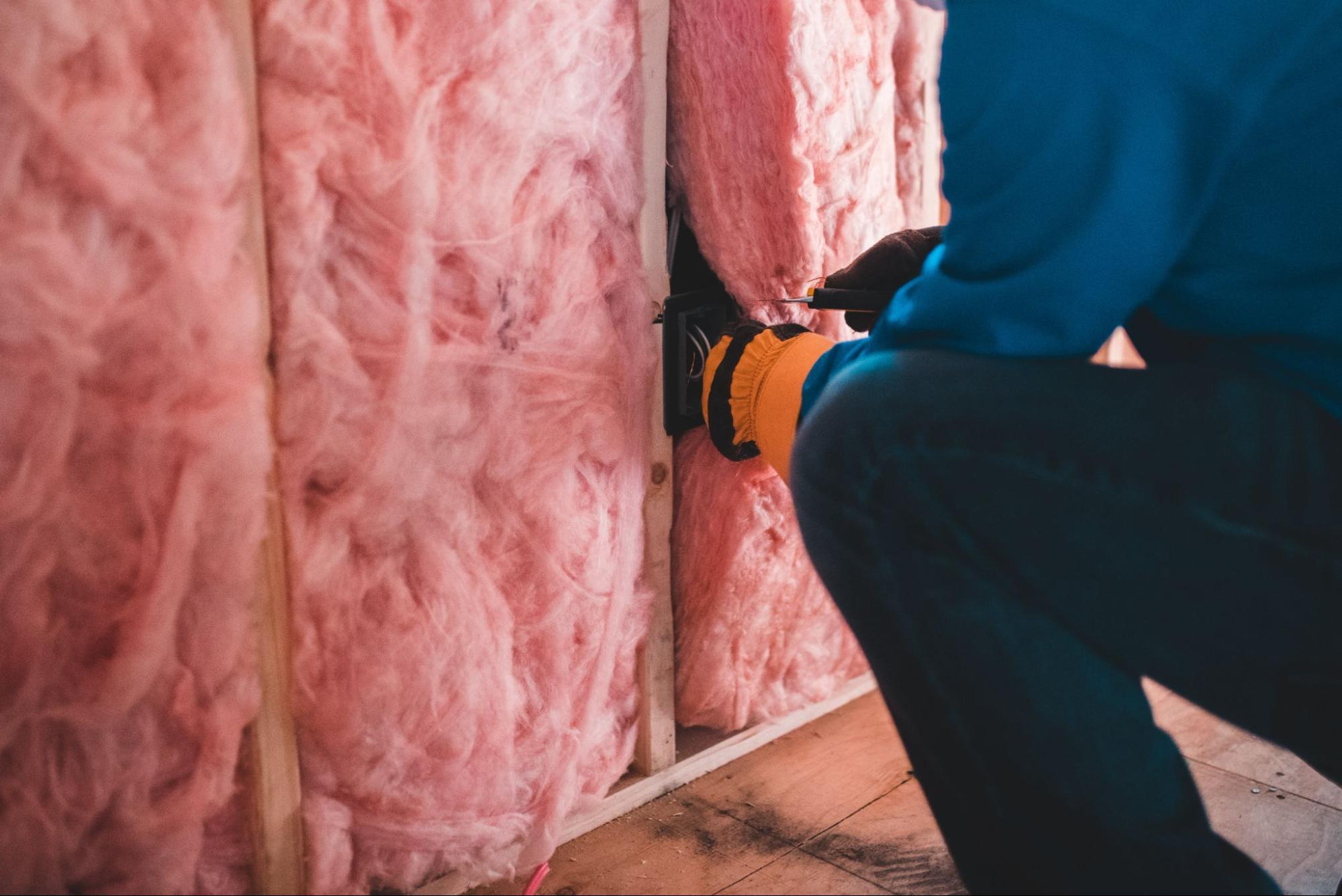
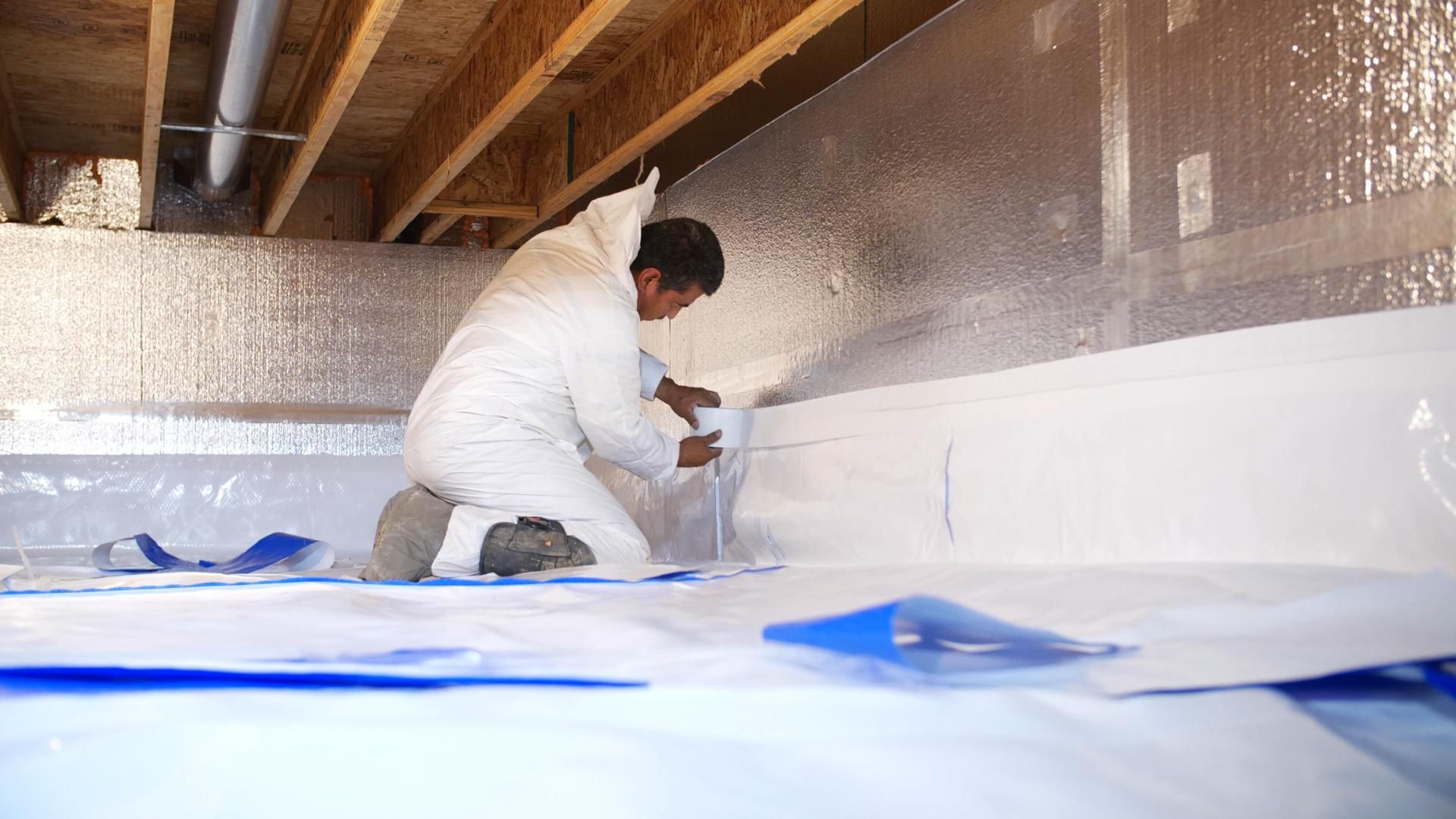
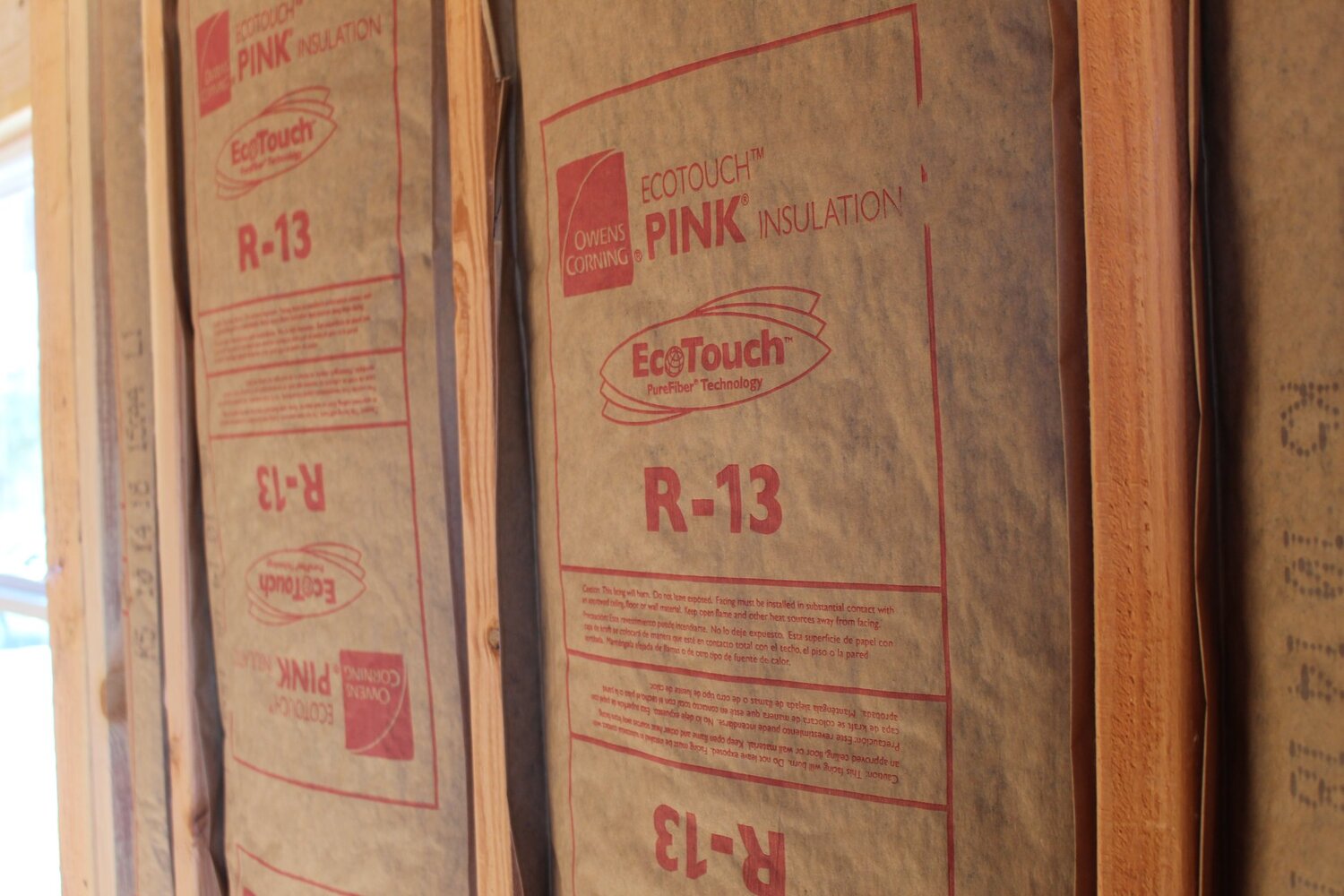
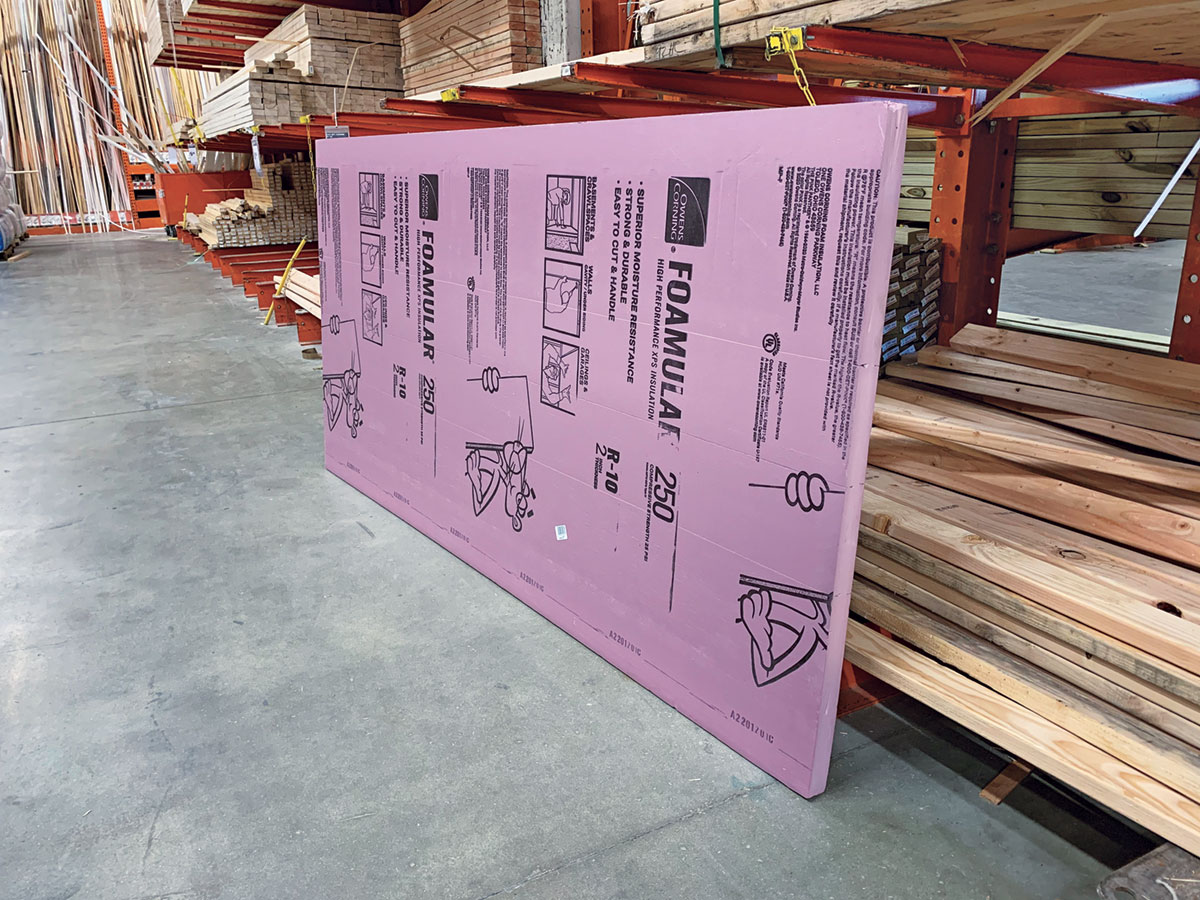
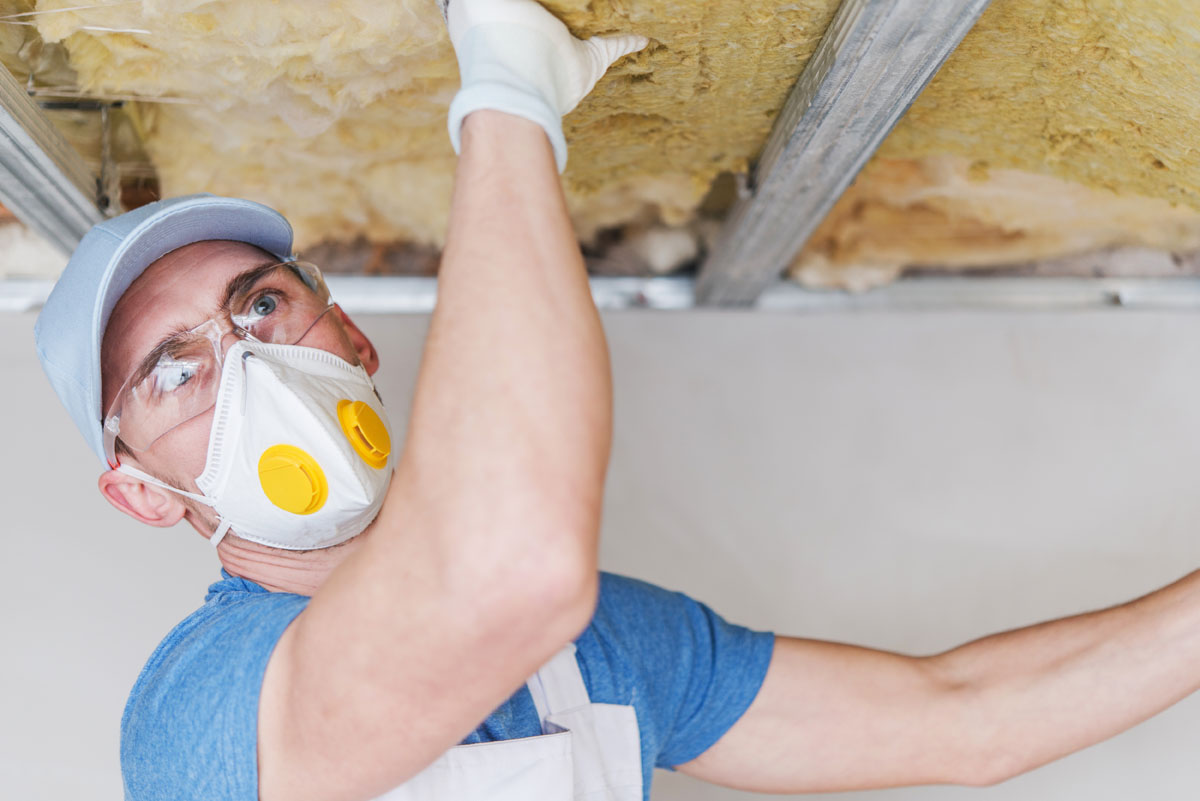
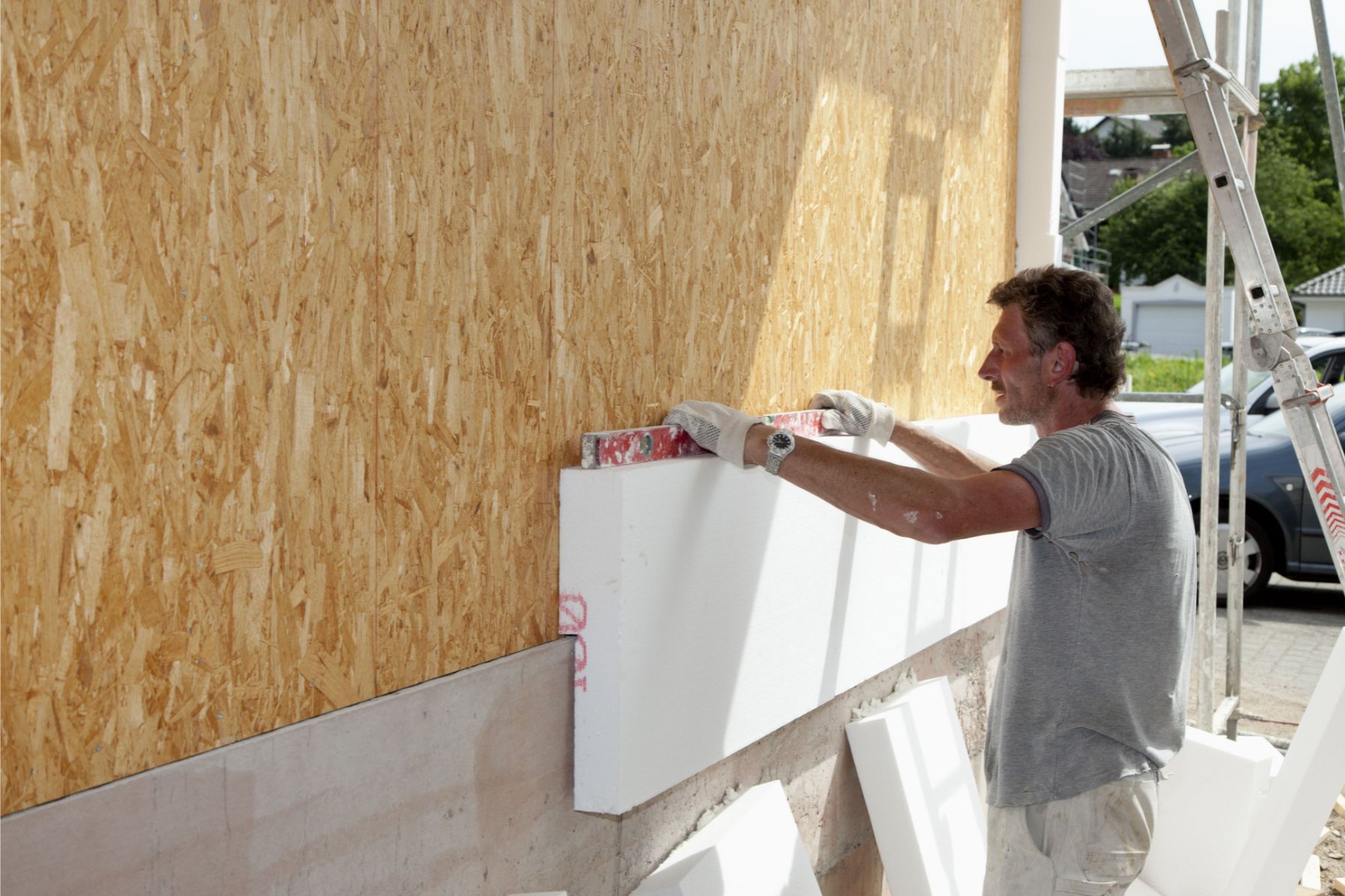
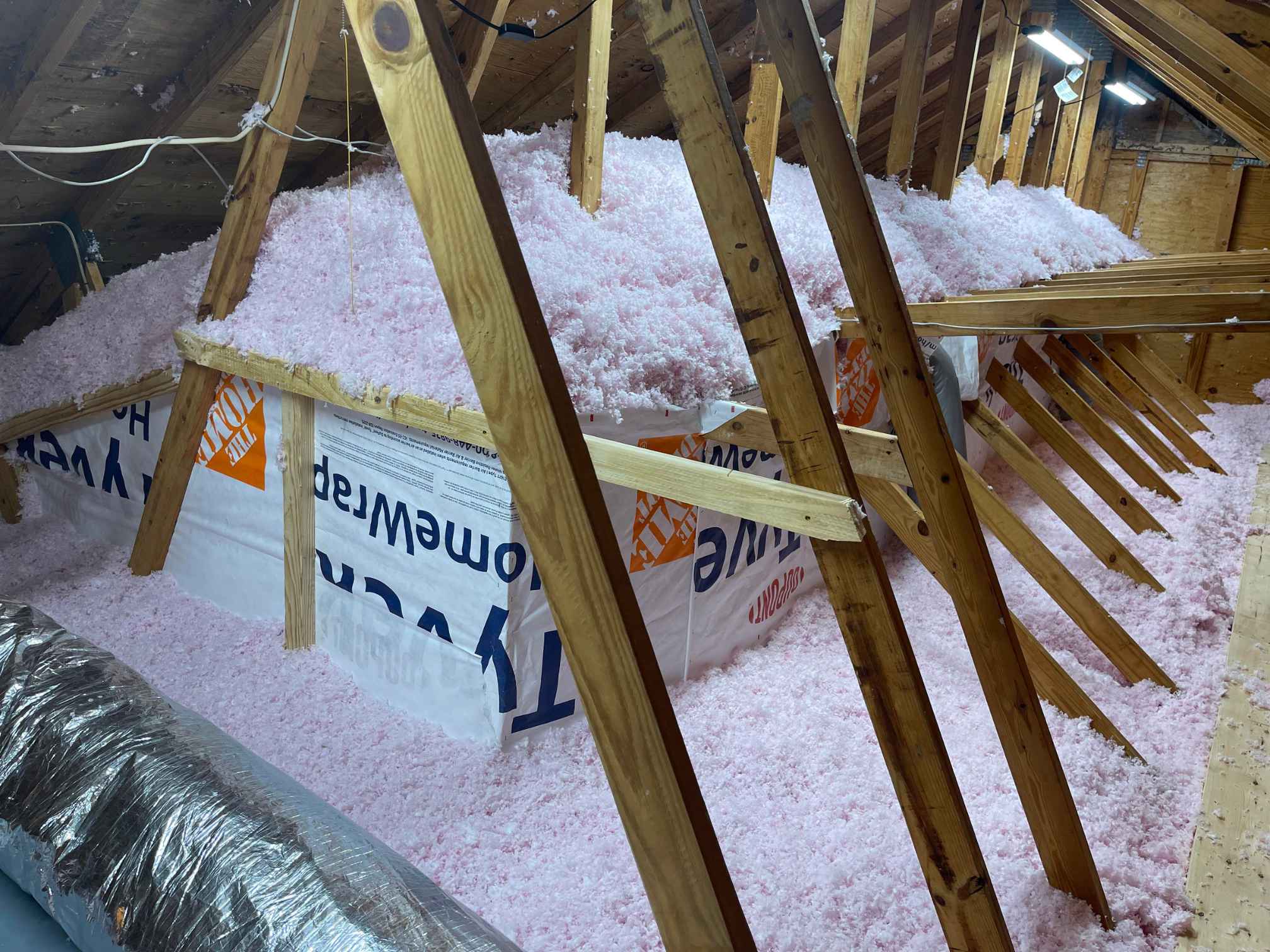
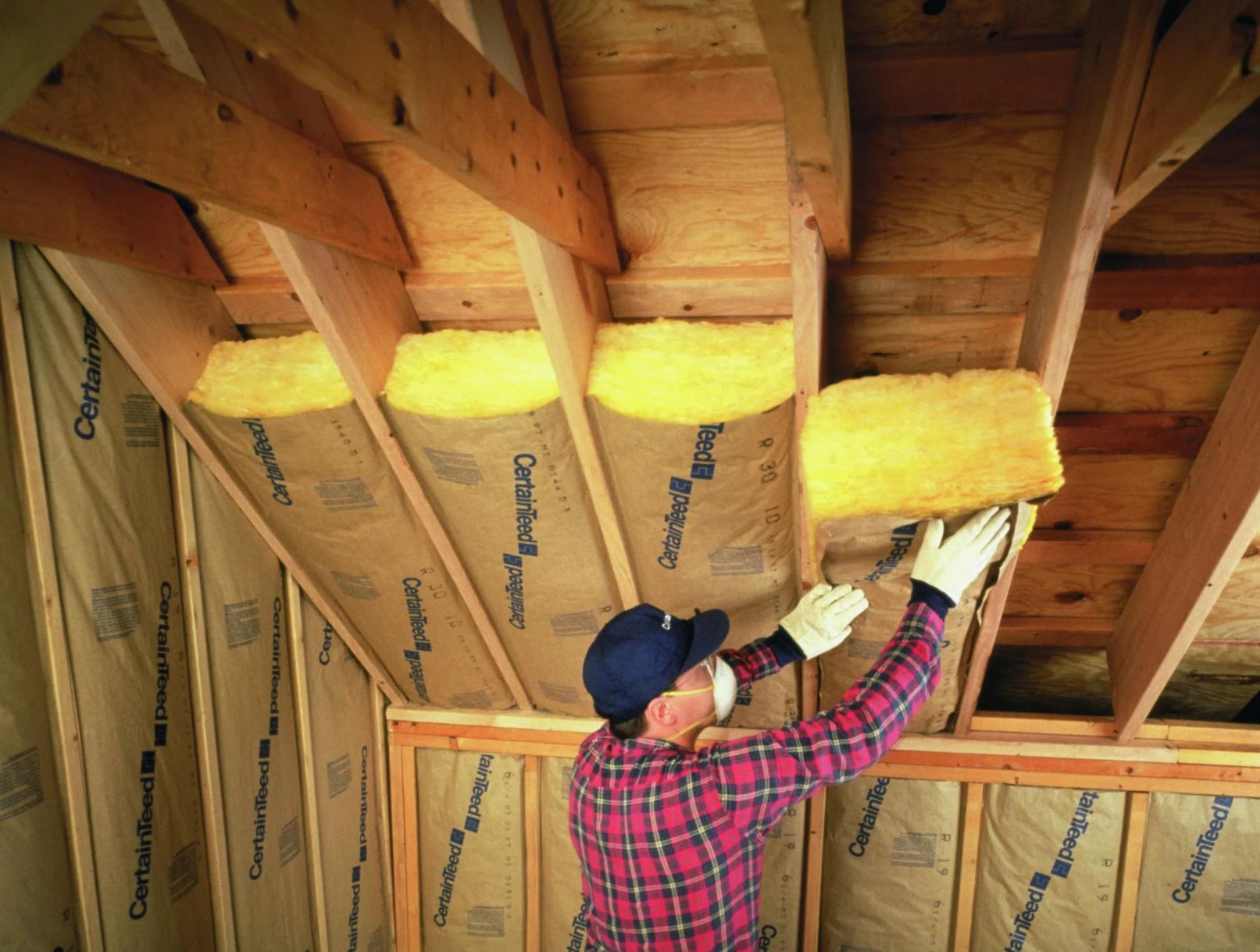
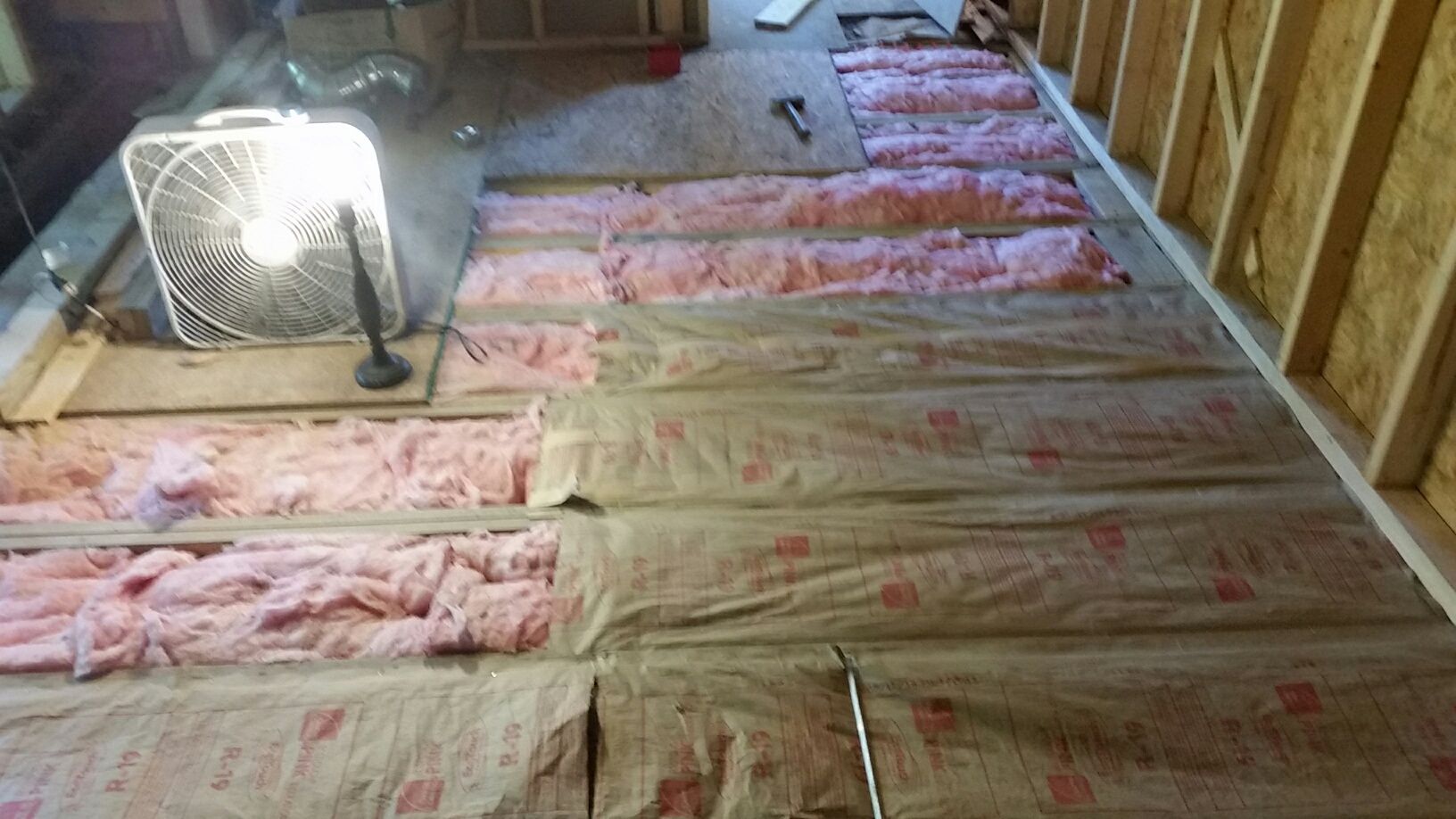
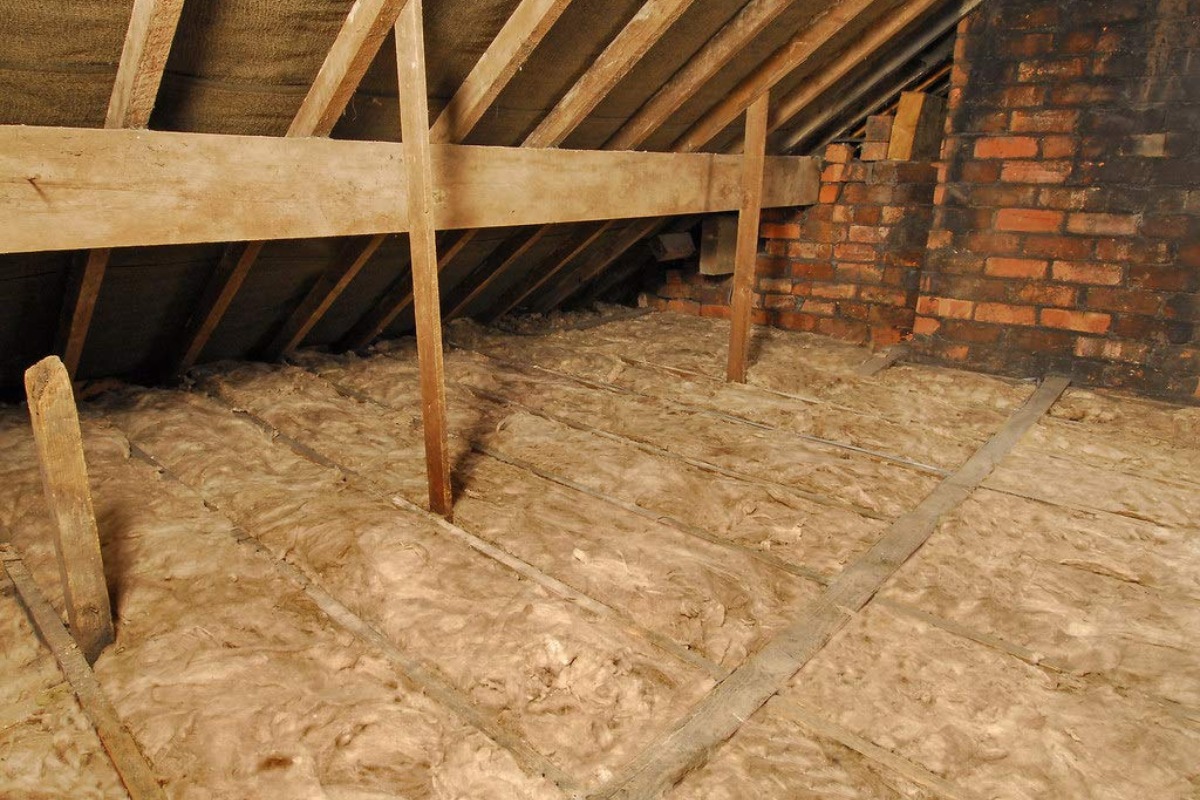

0 thoughts on “What Is The R-Value Of 1 Inch Rigid Insulation”